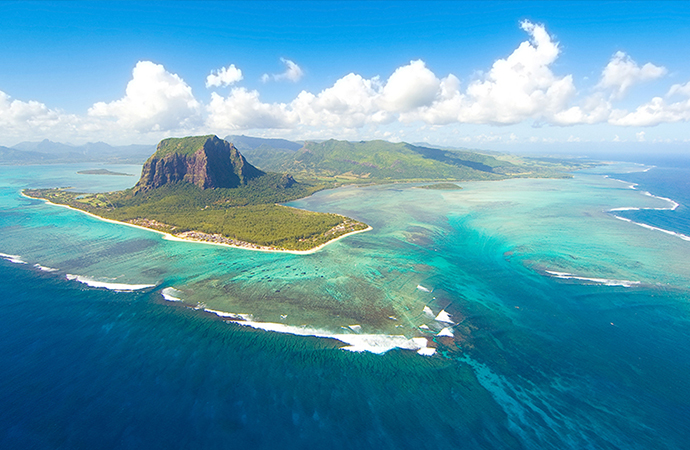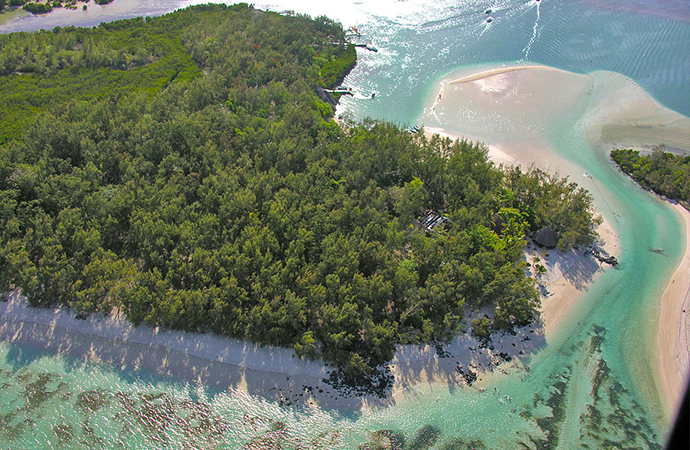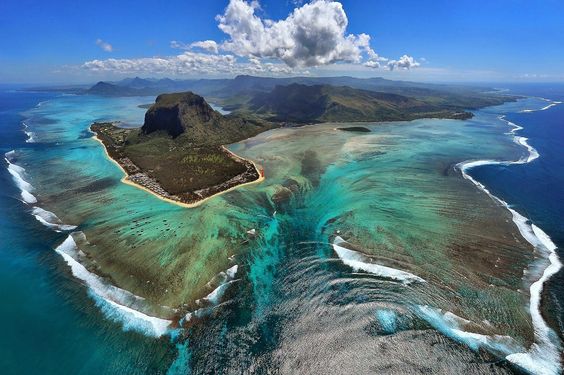
A team of researchers from the University of the Witwatersrand confirms the existence of an ancient lost continent under Mauritius, a vestige of a super continental fracture that occurred 200 million years ago.
The Earth still has a lot to teach us and gradually reveals some of its most massive secrets. A recent study by researchers at the University of the Witwatersrand in South Africa and published in the journal Nature Communications details the presence of an ancient continent under Mauritius in the Indian Ocean. This would be the result of the 200-million-year-old break of the super continent known today as the Gondwana that once held Africa, India, Australia and Antarctica.

Zircons are minerals that appear mainly in continental granite. They contain traces of uranium, thorium and lead, and these are excellent assets for the dating and evolution of geological processes since they tolerate geological processes rather well. By studying the zircon of local volcanic rocks covered by molten lava during volcanic eruptions at the time of island formation, the researchers discovered that the 3-billion-year-old ore was too old to belong In Mauritius which was formed by gigantic underwater eruptions that occurred 9 million years ago.

The fact that the crystals collected were made from zircon was sufficient to warn the researchers that what they had just analyzed was not from the ocean. Given their dating, the researchers suspect that they belong to this “lost continent” long known as “Mauritia” resulting from the Gondwana fracture. This former super continent would have fragmented itself some 200 million years ago into small fragments, some of which eventually found themselves anchored below the present-day Mauritius.
Several of these pieces would today be scattered beneath the ocean. This explains why some parts of the globe have a stronger gravitational field than others (a potential indication of thick crust). As reported by Alice Klein on New Scientist, several of these pieces have recently been discovered off the coast of Australia and below Iceland.
 Mauritius Travel Directory
Mauritius Travel Directory